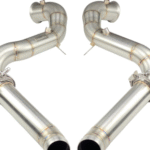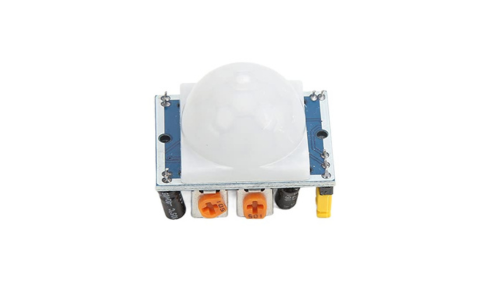In today’s fast-paced world, technology is rapidly reshaping how we move and interact with our surroundings. Two innovations that have gained remarkable attention are the electric bike motor and the PIR motion sensor. While they serve different purposes, both highlight the importance of energy efficiency, convenience, and sustainability in modern living. Together, these technologies are transforming transportation and smart automation, offering practical solutions for everyday challenges.
The Role of Electric Bike Motors in Modern Mobility
Electric bike motors are at the heart of the growing e-bike trend. These motors provide pedal assistance, reducing the effort needed to cycle while maintaining the benefits of physical activity. With urban areas becoming congested and environmental concerns increasing, e-bikes offer a clean and efficient mode of transportation.
An electric bike motor typically comes in several types:
- Hub Motors: Located in the wheel hub, these provide smooth propulsion and are commonly found in entry-level and commuter e-bikes.
- Mid-Drive Motors: Positioned near the bike’s crank, these motors deliver better torque and power distribution, making them ideal for hilly terrain and long rides.
- Friction Drive Motors: Less common but lightweight, these attach directly to the tire and are used in compact e-bike designs.
The efficiency of these motors makes commuting faster, eco-friendly, and more cost-effective compared to traditional vehicles. Riders save on fuel costs, reduce their carbon footprint, and often reach destinations quicker due to their ability to bypass traffic.
Advantages of Electric Bike Motors
- Eco-Friendly Transportation: E-bikes powered by electric motors emit no direct pollutants, making them an excellent green alternative.
- Cost Efficiency: Compared to maintaining a car or motorbike, an electric bike requires minimal upkeep and charging costs.
- Health Benefits: Even with motor assistance, riders still engage in physical activity, promoting cardiovascular health and overall fitness.
- Accessibility: E-bikes help people of varying fitness levels and ages enjoy cycling, breaking barriers to mobility.
PIR Motion Sensors in Smart Living
While electric bike motors improve outdoor mobility, PIR (Passive Infrared) motion sensors enhance the efficiency of indoor and outdoor spaces. A pir motion sensor detects changes in infrared radiation emitted by moving objects, primarily humans and animals. This makes it one of the most reliable and widely used technologies in automation and security systems.
These sensors are commonly installed in:
- Home Security Systems: To detect unauthorized movement and trigger alarms.
- Smart Lighting: Automatically turning lights on or off based on activity, saving energy.
- Commercial Buildings: Managing heating, ventilation, and air conditioning (HVAC) systems to optimize energy use.
- Public Areas: Streetlights with PIR sensors illuminate only when needed, reducing energy waste.
Benefits of PIR Motion Sensors
- Energy Savings: Lights and appliances only activate when motion is detected, cutting down on electricity bills.
- Improved Security: Motion detection plays a crucial role in preventing thefts and intrusions.
- Convenience: Automated systems reduce the need for manual switches, making life more comfortable.
- Durability: PIR sensors consume very little power and have a long operational lifespan, making them cost-effective.
The Connection Between These Technologies
Although electric bike motors and PIR motion sensors serve different industries, their shared focus on efficiency ties them together. Both contribute to sustainability and smarter living: e-bikes reduce reliance on fossil fuels, while PIR sensors minimize unnecessary energy consumption. Together, they represent a shift toward cleaner, more practical technologies designed to improve quality of life.
Conclusion
The rapid adoption of electric bike motors and PIR motion sensors highlights society’s movement toward smarter, eco-friendly solutions. Electric bike motors make commuting greener and more enjoyable, while PIR motion sensors enhance security and reduce energy waste. As technology continues to evolve, these innovations will likely become even more integrated into daily life, helping build a future where mobility and automation go hand in hand with sustainability.











